How Did Pickleball Become So Popular?
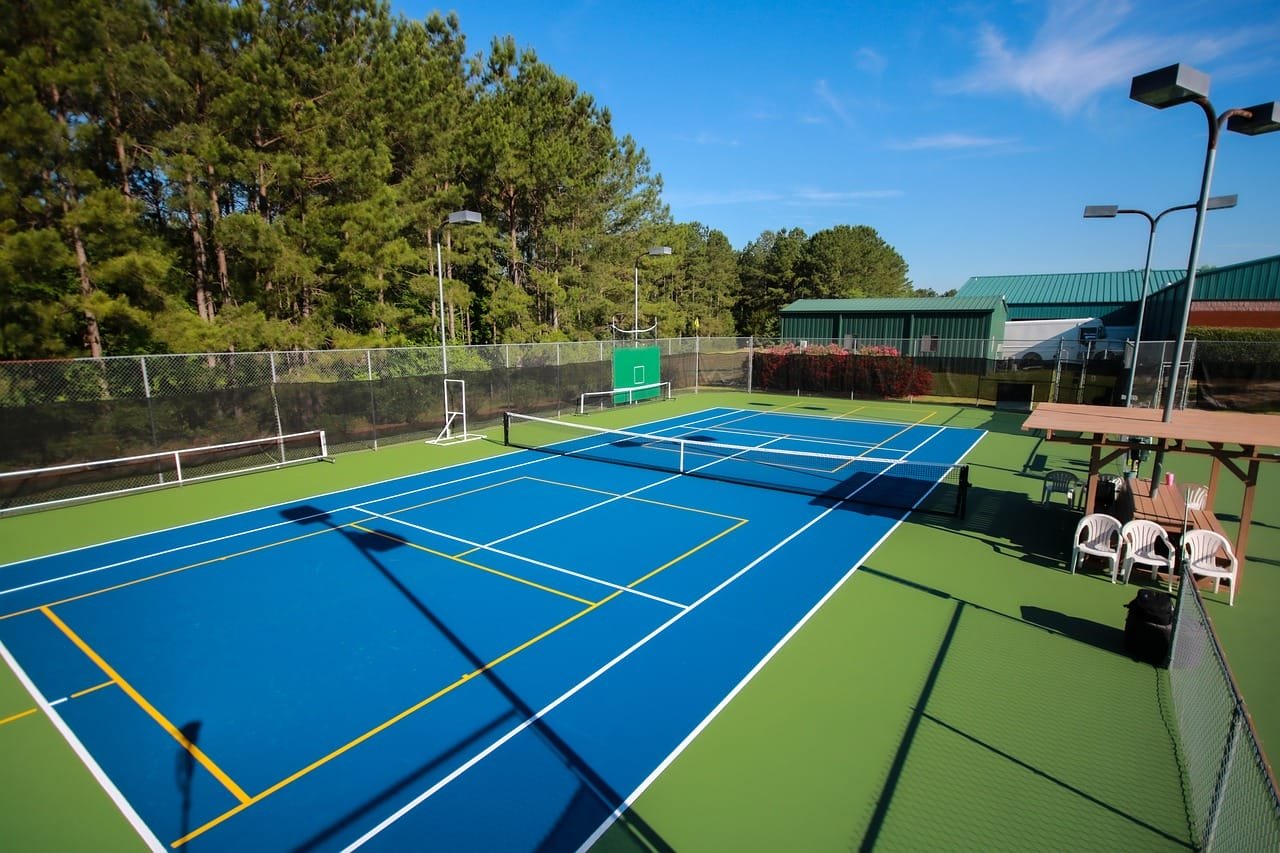
Have you ever set yourself pondering the gradational rise of pickleball and wondered,” How Did Pickleball become so Popular?” Well, let’s dive into this remarkable story.
Picture a game that combines the stylish rudiments of tennis, badminton, and clunk pong, played on a lower court with a paddle and a plastic ball. It’s easy to see why pickleball has captured the hearts of people around the globe. But its trip from obscurity to fashionability is a tale that is nothing short of extraordinary.
The origins of pickleball can be traced back to the mid-1960s when three musketeers on Bainbridge Island, Washington, decided to produce a new pastime for their families. The game was named after the family canine, Pickles, who would chase after the errant balls.
As this engaging and accessible sport grew in fashionability, it started to attract players of all periods. One of the crucial reasons for its appeal is its ease of literacy. You do not need to be a professional athlete to enjoy pickleball – it’s a game that welcomes beginners with open arms. Pickle ball’s rapid-fire ascent can also be attributed to its rigidity.
It can be played both indoors and outside, making it suitable for a wide range of climates and settings. Whether you are an elderly looking for a low-impact drill or a youthful athlete seeking an instigative challenge, pickleball caters to everyone.
The sport’s inclusive nature has fostered a strong sense of community, where players come together not only for competition but also for social cling and fellowship.
How Did Pickleball Become So Popular?
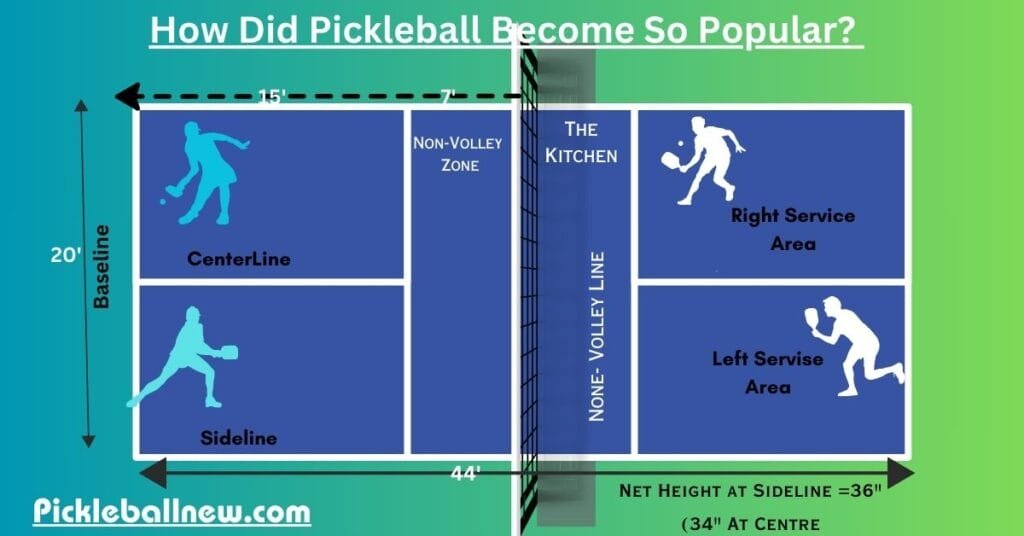
Pickleball is a sport that has captured people’s hearts worldwide, but have you ever wondered,” How Did Pickleball become so popular?” In this companion, we will take you on a trip through the origins and elaboration of this pleasurable sport, from its humble onsets to its rise as a global miracle.
In the ensuing sections, we will unravel the exciting trip of pickleball’s elaboration from a vicinity invention to a miracle that has swept across the United States and beyond. We will explore the factors that contributed to its fashionability, the part of passionate suckers, and the bright future that lies ahead for this remarkable sport.” How Did Pickleball Come So Popular?” is a question we are about to answer, so fasten your seatbelts for this instigative lift through the world of pickleball.
Factors Contributing to Popularity
Elements That Affect Popularity
Pickleball has had a fantastic rise in popularity, attributed to several important reasons that have combined to make the game a favourite among people of all ages. We’ll explore the numerous factors contributing to pickleball’s growing popularity in this article.
Accessibility and Simplicity
The ease of use and accessibility of pickleball are among the main elements leading to its growing popularity. The game is an excellent option for those who may be new to sports or those seeking a lighthearted and friendly pastime because it was made to be simple to master. This explains why it’s so obtainable:
1. Simple Rules
The rules of pickleball are straightforward. You serve the ball diagonally, and the opposing team must let it bounce once before returning it. The ball must stay in bounds, and you continue playing until one team makes a mistake. These simple rules make pickleball easy for beginners to grasp.
2. Smaller Court
Pickleball uses a smaller court than tennis, making it less physically demanding and ideal for players of all ages and fitness levels. The compact court size reduces the required running, making it accessible to people with different physical abilities.
4. Quick Learning Curve
Unlike some sports that may take years to master, pickleball allows players to pick up the basics quickly. You can enjoy a fun game even as a beginner, and with practice, you can improve your skills.
Low Physical Impact
Pickleball is a sport that offers a low-impact workout, making it attractive to a wide range of individuals, especially those concerned about the physical toll of more strenuous sports. Here’s how the low material impact contributes to pickleball’s popularity:
1. Reduced Risk of Injury
The low-impact nature of pickleball means that players are less likely to experience injuries than high-impact sports. It’s an excellent choice for those recovering from injuries or seeking a sport that’s gentle on their bodies.
2. Senior-Friendly
Many seniors are drawn to pickleball due to its low physical impact. It provides an excellent way for older adults to stay active and socialise without overexerting themselves.
Community and Social Aspects
Pickleball is not just a sport; it’s a community. The social aspect and camaraderie among players have played a significant role in the sport’s popularity. Here’s how the community and social factors have contributed:
1. Inclusive Community
Players of all ages and abilities are welcome to play pickleball, which promotes inclusivity and a close-knit community. It’s not unusual to witness parents, grandparents, and kids playing together, fostering a stronger sense of family unity.
2. Social Interaction
Many pickleball players enjoy the social interactions on and off the court. It’s a sport where friendships are made, and players often gather for post-game chats, potlucks, and events, enhancing the overall experience.
Adaptability
Pickleball’s adaptability is another factor that has contributed to its popularity. The sport can be played indoors or outdoors, making it suitable for various environments and climates. This adaptability has helped pickleball grow in different settings:
1. Indoor Facilities
The availability of indoor pickleball facilities has allowed players to enjoy the sport even in extreme weather conditions. This has expanded the reach of pickleball to a more extensive player base.
Evolution of Equipment
Pickleball has evolved over the years, especially when it comes to equipment. The development of new materials for paddles and balls has enhanced the quality and performance of the game:
1. Improved Paddle Materials
Traditional wooden paddles have been replaced with paddles made from materials like composite and graphite. These new materials offer excellent durability and performance, attracting more players and raising the overall quality of the game.
2. Specialized Balls
Specialised pickleball balls have been designed for optimal play. These balls are engineered to provide the right balance of bounce and durability, ensuring a consistent and enjoyable experience for players.
Professional Play and Promotion
As pickleball gained popularity, it also attracted professional players and enthusiasts who became ambassadors for the sport:
1. Tournaments and Leagues
The creation of organised tournaments and leagues has provided a platform for competitive play and helped showcase the sport to a broader audience. This professional aspect has added credibility and excitement to pickleball.
2. Sponsorships and Gear
Major sporting goods brands have recognised the potential of pickleball and have started producing specialised pickleball equipment. Sponsorships and endorsements from professional players have further promoted the sport.
Global Reach
Pickleball’s popularity is not limited to the United States. The sport has expanded its reach to international audiences:
1. Worldwide Enthusiasm
Pickleball is now played in countries worldwide, with enthusiastic communities forming in various nations. The global interest in the sport has led to international competitions and events.
The Origins of Pickleball
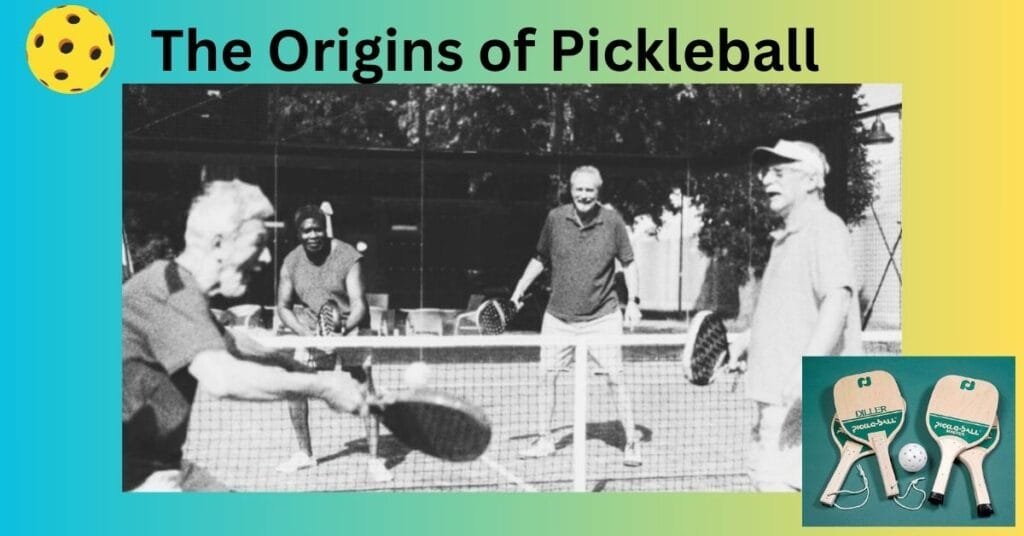
Pickleball’s story begins in the 1960s on Bainbridge Island, Washington. The game was invented by three friends: Joel Pritchard, Bill Bell, and Barney McCallum.
One sunny afternoon, their families were looking for a new game to play, and they improvised a game that would later become pickleball. The legend goes that the name “pickleball” was inspired by the Pritchards’ dog, Pickles, who loved chasing stray balls during the game.
The game started with simple equipment: a plastic ball, wooden paddles, and a net set at a height lower than a tennis net. What made pickleball stand out was its approachability. It was easy to learn, making it an excellent choice for people of all ages.
It was the perfect activity for backyard gatherings, family reunions, and community events. The simplicity of pickleball made it accessible to anyone interested in trying a new sport.
The Evolution of Pickleball
The 1970s marked a turning point for pickleball as the sport expanded beyond the Pacific Northwest. A group of pickleball players from Seattle, Washington, brought the game to their winter homes in Arizona. They introduced their new friends to pickleball, and it quickly gained traction in retirement communities.
The sport’s low-impact nature made it appealing to older adults, and it soon became a staple in senior communities across the United States.
Pickleball associations and organisations started to form, creating a structured environment for tournaments and leagues. The United States Pickleball Association (USAPA) was established in 1984 to promote and govern the sport. These organised efforts contributed to the sport’s growth and professionalism.
One significant change in pickleball’s evolution was the development of new materials for equipment. Wooden paddles were replaced with lighter and more durable materials like composite and graphite.
This innovation not only improved the quality of the equipment but also attracted more players, including those with competitive aspirations.
This flexibility allowed people to play pickleball year-round, further fueling its growth.
In recent years, pickleball has continued to gain popularity, reaching international audiences. The sport has entered schools, recreational centres, and professional tournaments.
Major sporting goods brands have recognised its appeal, producing specialised pickleball equipment.
Today, pickleball is not just a sport; it’s a community. Enthusiasts come together not only for competition but also for social interaction, forming lasting friendships. The sport has evolved from a simple backyard game to a worldwide sensation.
The Future Prospects of Pickleball
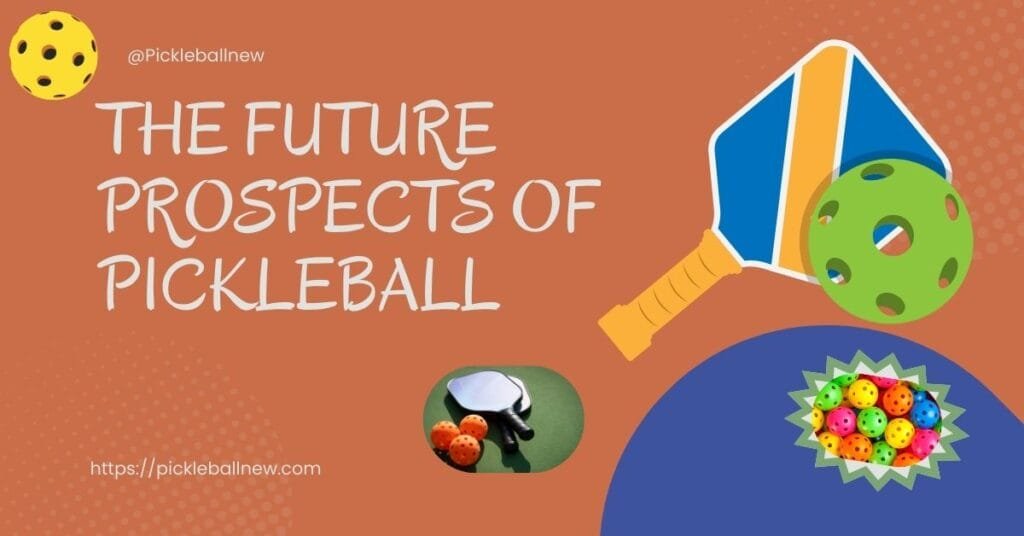
The future of pickleball is looking incredibly bright. This sport, once a backyard favourite, has now grown into a worldwide sensation, and its popularity continues to soar. As we look ahead, several promising trends and developments suggest that pickleball will continue to thrive.
1. Increasing Popularity:
Pickleball’s popularity is on a steady upward trajectory. More people are discovering the sport, which will likely continue as it becomes a household name. Expect to see more players, courts, and pickleball events.
2. Youth Involvement:
While pickleball has been a hit with older adults, it’s increasingly attracting younger players. As schools and youth organisations embrace the sport, the next generation of pickleball enthusiasts is set to emerge, securing the sport’s future.
3. Competitive Play:
Professional pickleball tournaments and leagues are becoming more prominent. With increased visibility, the sport will likely attract top-tier talent and larger audiences.
4. Innovations:
Continuous innovations in equipment, court design, and gameplay will enhance the pickleball experience, making it even more exciting and accessible.
5. International Expansion:
Pickleball’s international presence is growing, with more countries embracing the sport. This global reach will lead to greater competition and cross-cultural exchanges, making pickleball a global phenomenon.
In short, pickleball’s future is filled with promise, making it a sport that’s here to stay and continue its journey towards even more tremendous popularity and recognition.
Conclusion
In conclusion, the journey of how pickleball became so popular is a remarkable story of a simple, inclusive sport that captured the hearts of people worldwide.
Its origins on Bainbridge Island, Washington, as a family pastime evolved into a global phenomenon thanks to its accessibility, low-impact nature, and strong sense of community. The sport’s adaptability, growing equipment, and professional play contributed to its widespread acclaim.


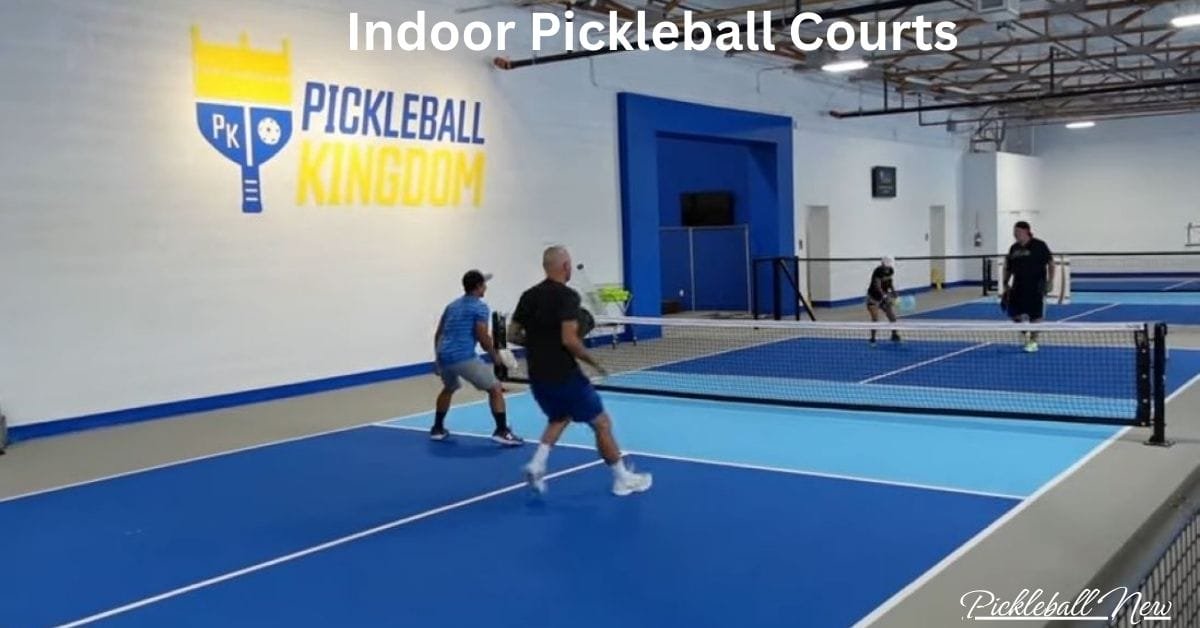
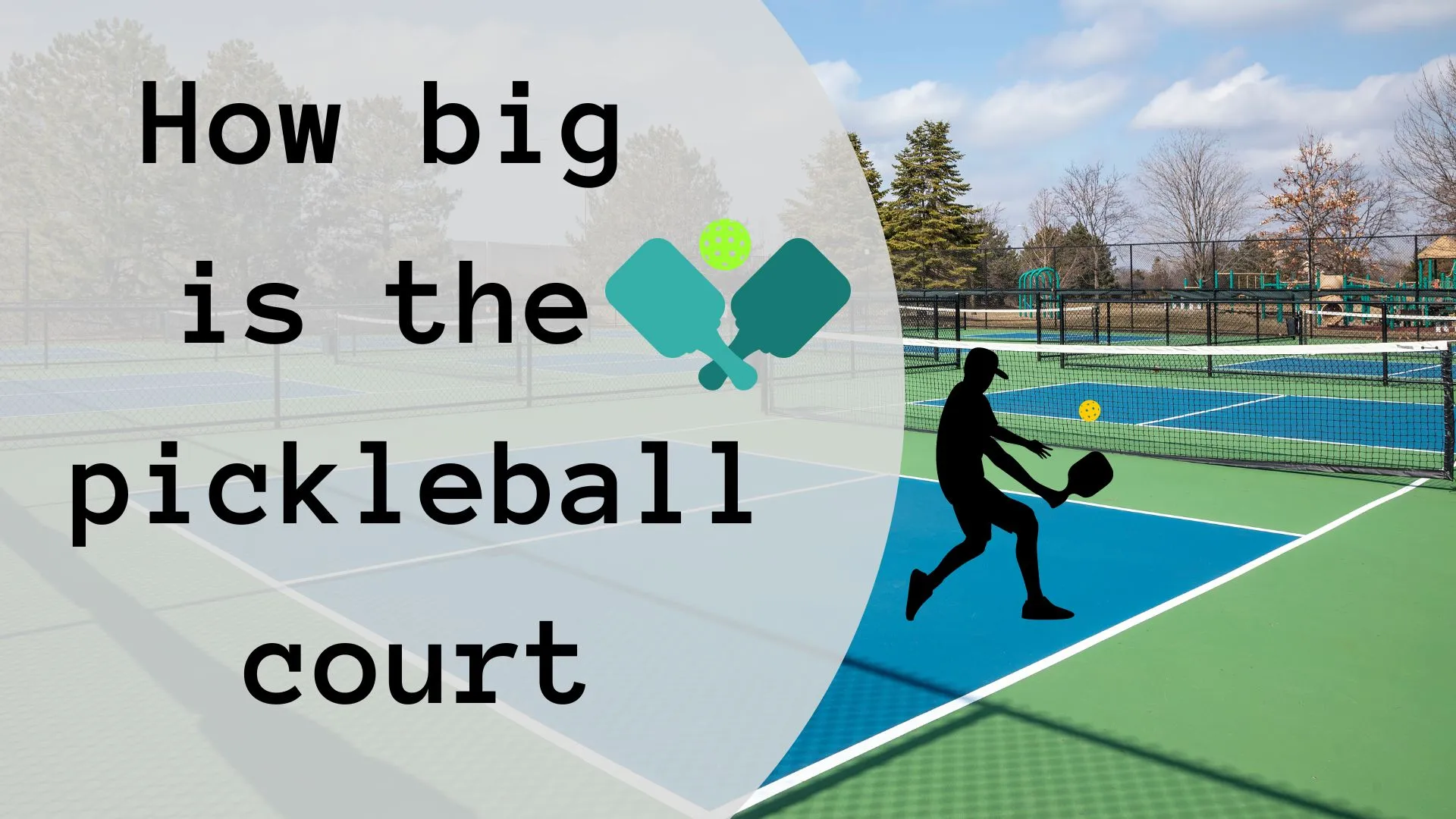
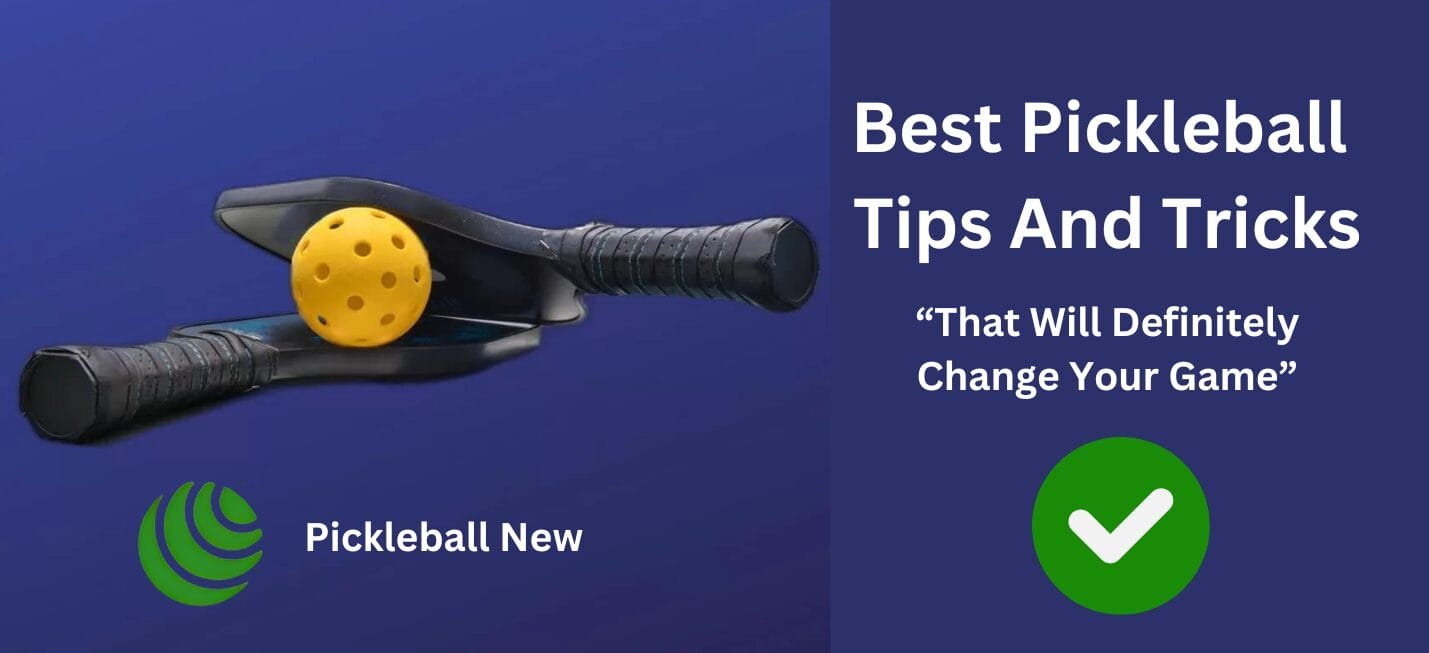
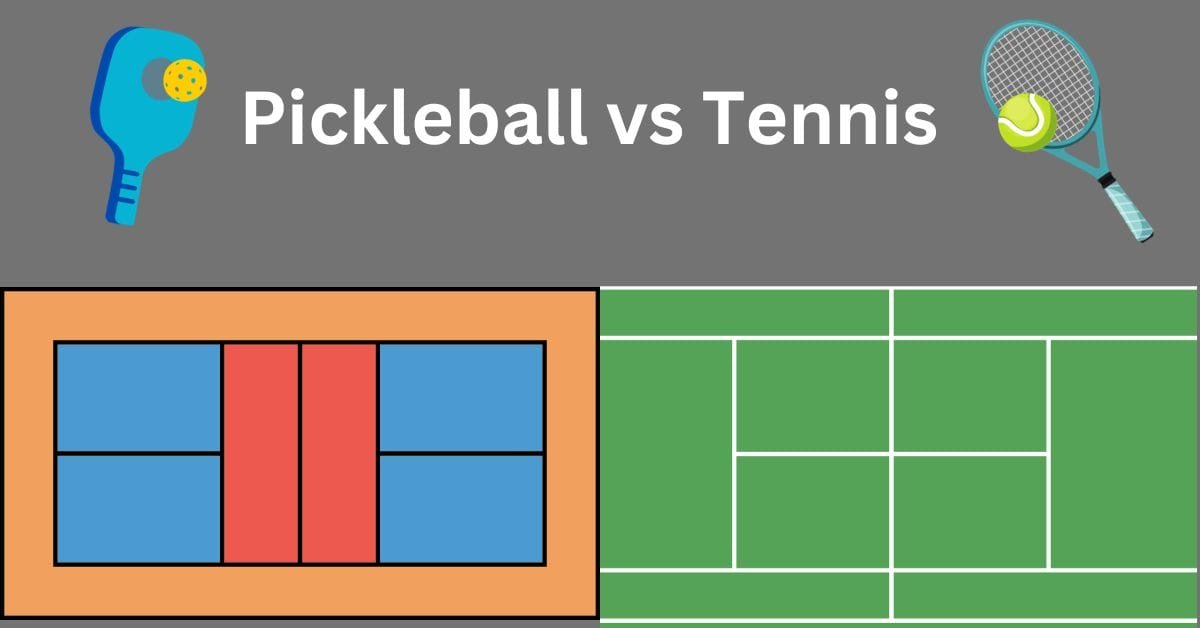
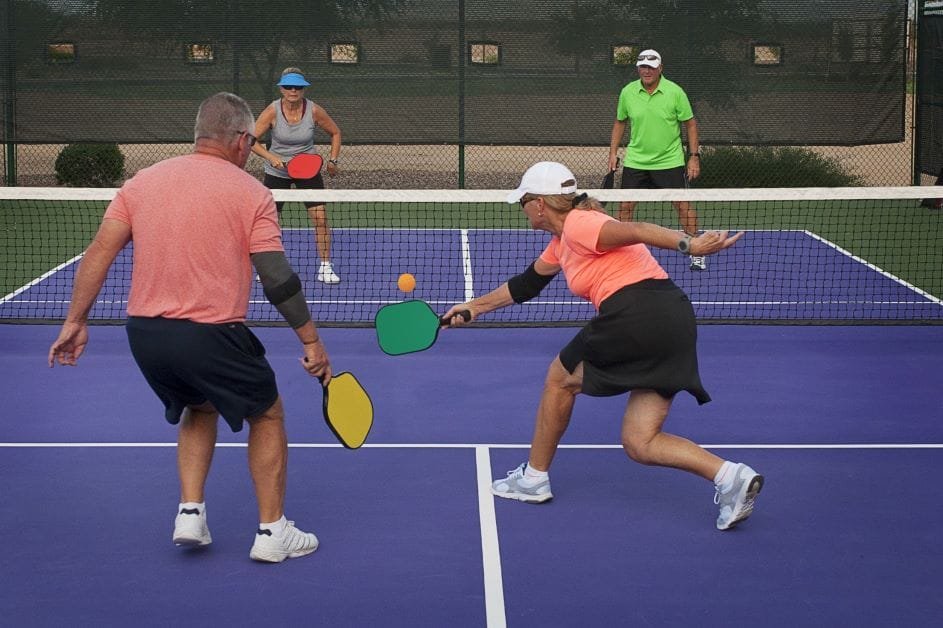
One Comment